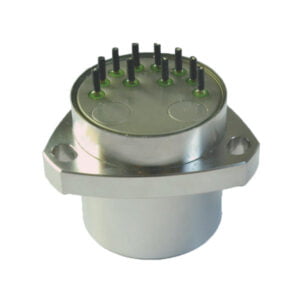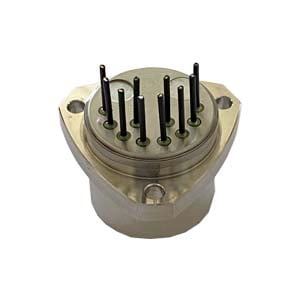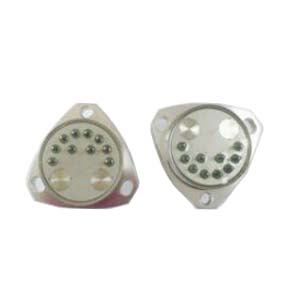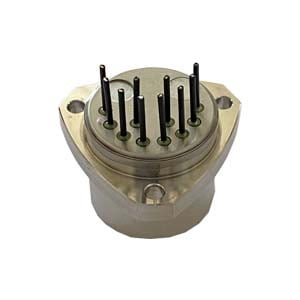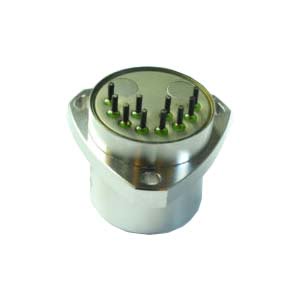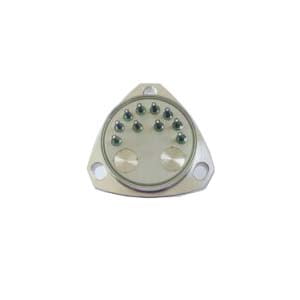With the development of science and technology, the application range of sensors has become wider and wider. As far as acceleration sensors are concerned, there are many types of work. Generally speaking, they are divided into the following 7 types:
vibrating wire accelerometer,
micromechanical accelerometer
Heavy hammer accelerometer,
liquid floating accelerometer,
pendulum integral gyro accelerometer,
capacitive accelerometer.
Quartz flexure pendulum accelerometer and its development status quartz flexure pendulum accelerometer is a kind of force feedback pendulum accelerometer, which is developed on the basis of liquid floating accelerometer. The difference between the two is mainly The detection quality of the quartz flexure accelerometer is not floating, but is elastically connected to the flexure beam support, and the elastic moment is introduced. Therefore, this accelerometer has higher accuracy, strong anti-interference ability, large measurement range, and overload capacity. powerful. The performance of flexure materials directly affects the performance of the accelerometer. The materials that can be used as flexure pendulums are mainly metal and quartz. Traditional liquid-floating accelerometer pendulums use metal materials, and the thermal expansion coefficient of quartz is much smaller than that of steel, and the material performance is better than that of metal. In addition, quartz has high fatigue strength and low hysteresis of the material itself, which is very suitable as a pendulum piece of accelerometer. As soon as the quartz flexure accelerometer came out, it soon replaced the liquid-floating accelerometer and became an indispensable key component in the inertial navigation and guidance system. ERICCO has been committed to researching high-performance quartz flexible accelerometers since 2006, and is well-known for its high quality and low price.
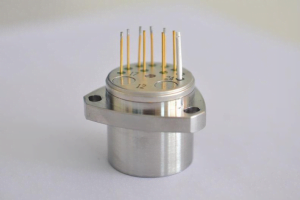
Application areas of quartz accelerometers:
Inertial navigation is an autonomous navigation system that uses inertial sensors to measure the specific force and angular velocity information of the carrier, and combines the given initial conditions to calculate the speed, position, attitude and other parameters in real time. Specifically, the inertial navigation system is a kind of calculation navigation method. That is, from the position of a known point, the position of the next point can be calculated based on the continuously measured heading angle and speed of the carrier, so that the current position of the moving body can be continuously measured. Conventional inertial navigation systems use accelerometers and gyroscope sensors to measure carrier parameters, while accelerometer inertial navigation systems are mainly composed of accelerometers. This system abandons the gyroscope and uses accelerometers instead of gyroscopes as the inertial measurement element. It has been studied by international scholars. Use multiple accelerometers instead of gyroscopes. ERICCO's adaptive accelerometer ER-QA-01, 02, and 03 series have been successfully used in the inertial systems of many well-known inertial navigation companies and have made success.
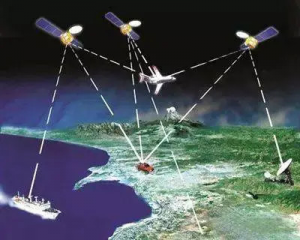
GPS Navigation System
The GPS system determines the position of an object after all by receiving signals from three satellites distributed at 120 degrees. In some special occasions and landforms, such as tunnels, buildings, and jungle areas, the GPS signal will become weak or even completely lost. This is the so-called blind spot. By adding acceleration sensors and the inertial navigation that we have used before, the dead zone of the system can be measured. Integrating the acceleration sensor once becomes the amount of speed change per unit time, and then the movement of the object in the dead zone is measured.
Oil well logging inclinometer
Quartz accelerometers are mainly used in the inclination measurement system while drilling in petroleum drilling and the continuous inclination measurement system to measure the inclination of the drilling. When observing with an inclinometer, the probe moves from the bottom to the top of the inclinometer tube, pauses at a distance of half a meter and performs tilt measurement. The inclination of the probe is measured by two force-balanced servo accelerometers. An accelerometer measures the longitudinal position of the groove of the inclinometer tube, that is, the inclination of the plane where the measuring wheel on the inclinometer probe is located. Another accelerometer measures the inclination perpendicular to the plane of the wheel. The inclination can be converted into lateral displacement. Comparing the current and initial observational data, the amount of change in lateral offset can be determined, and the movement and displacement of the formation can be displayed. A high-resolution displacement profile can be obtained by plotting the variation of the offset. This cross-sectional view helps to determine the magnitude, depth, direction and rate of ground movement displacement. ERICCO's ER-QA-02C is mainly used in MWD and continuous north seeking systems. It can carry out static test and dynamic test, which is a standard vibration sensor.
Pedometer function
The acceleration sensor can detect the AC signal and the vibration of the object. When a person is walking, there will be a certain regular vibration, and the acceleration sensor can detect the zero-crossing point of the vibration, and then calculate the steps taken by the person or the number of steps taken by the running. Then calculate the displacement moved by the person. And the use of certain formulas can calculate the calorie consumption.

Accelerometers have been applied in many fields. This sensor is everywhere in daily life: mobile phones, drones, unmanned vehicles, cars, buses, cruise ships, airplanes, mobile phone automatic supports, etc., as long as the acceleration force is generated and there will be accelerometers for things that need to be measured or stabilized.
Ericco is an industry leader with rich product experience in the field of quartz flexure accelerometer. If you want more details about our products, you can log in https://www.ericcointernational.com/ .
MEMS Accelerometer
q-flex accelerometer
MEMS Inertial navigation system
inertial survey system
integrated navigation system
Attitude Heading Reference System (AHRS)
gyro theodolite
More Technical Questions
1.Calibration Method of Accelerometer
2.How do parameters affect the performance of the quartz accelerometer?
3.How to Improve the Long-term Stability of the Quartz Accelerometer?
4.What is the Effect of Temperature Coefficient on Quartz Accelerometer?
5.What are the Advantages and Disadvantages of Quartz Accelerometers?
6.What is the Purpose of the Accelerometer Senor?
Products in Article
